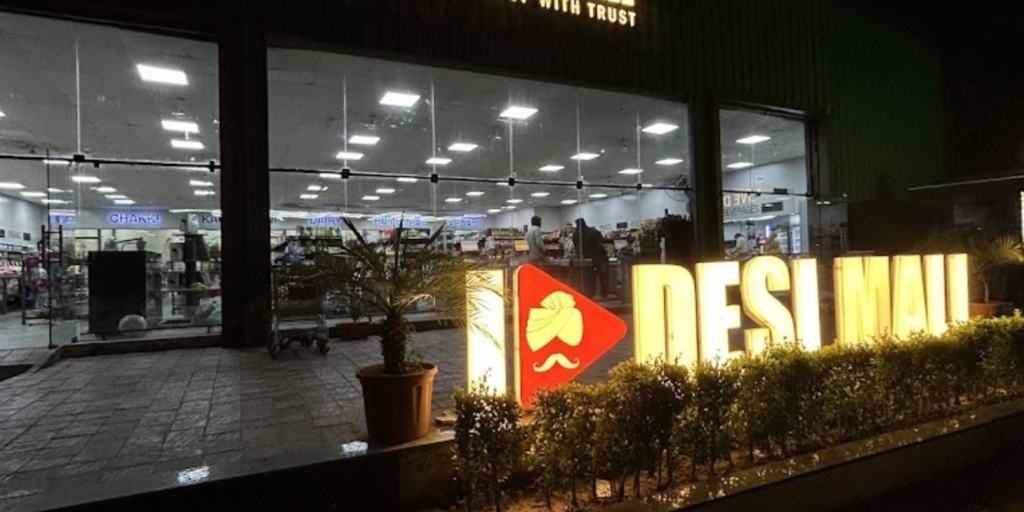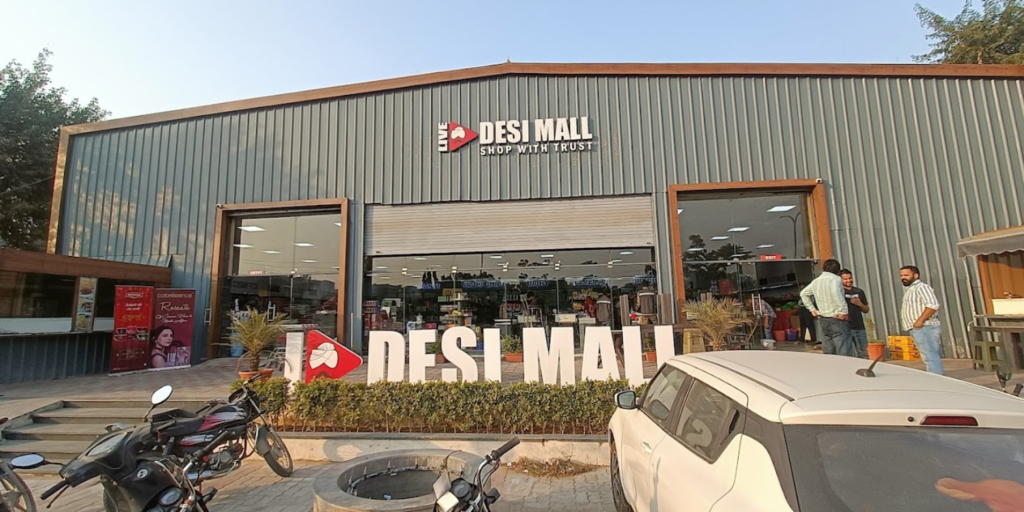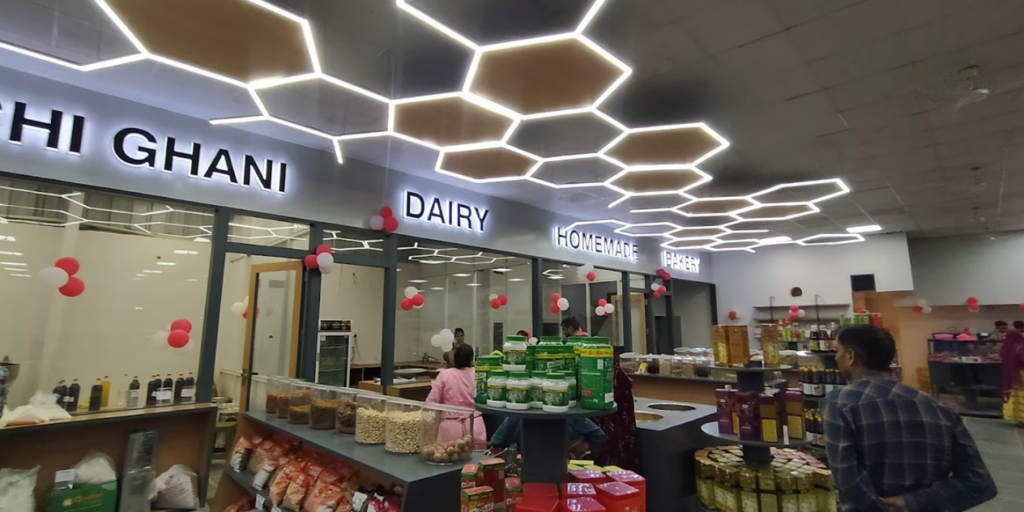A multi-store retail chain required a comprehensive billing system that could seamlessly integrate with various platforms, including web, mobile (iOS and Android), and local POS counters. The goal was to enhance operational efficiency, streamline transactions, and ensure real-time synchronization of sales data across multiple locations. The client sought a modern solution that could handle high transaction volumes while maintaining security, reliability, and ease of use. The new system needed to be cloud-based to allow centralized access and remote management while being robust enough to support the complex workflows of a multi-store retail operation.

Overview
Client:
Desi MallIndustry:
Retail IndustryServices:
IT Consultation, design and development, resource managementVia:
Live Desi MallChallenge
The retail chain faced several challenges with its existing billing system, which was outdated and fragmented. One of the major concerns was the lack of real-time synchronization across stores, leading to data inconsistencies and delays in reporting. Each store operated independently, making it difficult for management to get a consolidated view of sales and inventory across locations.
Another challenge was limited accessibility. Since the previous system was not cloud-based, store managers and administrators had to be physically present at store locations to retrieve reports or manage transactions. This hindered operational flexibility and decision-making. Additionally, the system struggled with scalability. As the retail chain expanded, the existing infrastructure was unable to efficiently handle increasing transaction volumes, leading to slow processing speeds and frequent system downtimes.
Platform compatibility was another concern. The business required a solution that could be accessed seamlessly from multiple devices and platforms, including a website, mobile applications (iOS and Android), and local POS counters. Furthermore, security was paramount. The system needed to ensure that customer transactions were secure and comply with industry standards such as PCI-DSS for payment security.
Solution
To address these challenges, the development team designed and implemented a cloud-based billing system utilizing cutting-edge technologies. The system was built using the MERN stack (MongoDB, Express.js, React.js, and Node.js) to provide a scalable and efficient backend along with a modern web application. This stack allowed for rapid development while ensuring flexibility and maintainability.
For mobile applications, iOS Native (Swift) and Android Native (Kotlin/Java) were used to provide high-performance and optimized user experiences on their respective platforms. These mobile applications allowed customers and store employees to access the billing system seamlessly, whether processing transactions, generating reports, or managing inventory.
To integrate with local POS terminals, the team leveraged .NET to ensure a seamless and stable interface with store hardware. This allowed stores to continue processing transactions even in case of temporary internet connectivity issues, ensuring uninterrupted operations.
The system was hosted on a secure cloud environment, providing scalability, high availability, and centralized data management. A robust API layer was developed to facilitate real-time communication between web, mobile, and POS platforms. This ensured that sales data, inventory levels, and customer transactions were instantly updated across all touchpoints.
Security was a top priority throughout development. The system incorporated encryption protocols for data protection, role-based access control (RBAC) to manage user permissions, and compliance with PCI-DSS standards to ensure secure handling of payment transactions. This provided both customers and store operators with confidence in the security of their transactions.
Results
The deployment of the cloud-based billing system brought significant improvements to the retail chain’s operations. One of the most noticeable benefits was real-time data synchronization, allowing all sales, inventory, and transaction data to be instantly updated across multiple stores and platforms. This eliminated discrepancies and provided store managers with accurate, up-to-date information for better decision-making.
Operational efficiency saw a major boost. The new system streamlined the billing process, reducing checkout times and enhancing customer satisfaction. Employees found the intuitive interfaces on both web and mobile platforms easy to use, which improved productivity and minimized training time.
Remote management capabilities proved invaluable for the business. With centralized cloud access, store managers and executives could monitor sales performance, track inventory, and generate reports from anywhere, eliminating the need for on-site supervision at all times. This flexibility allowed for better resource allocation and more strategic planning.
Scalability was another key achievement. The new infrastructure effortlessly handled increasing transaction volumes without performance bottlenecks. This meant that as the retail chain continued to grow, the billing system could easily scale to accommodate new store locations without requiring significant modifications.
Security enhancements provided peace of mind to both customers and business owners. With strong authentication mechanisms and encrypted transactions, the system ensured compliance with industry standards while protecting sensitive data from potential threats.
Furthermore, the seamless user experience across multiple platforms strengthened customer engagement. Whether shopping in-store, using the website, or accessing mobile applications, customers and employees experienced a consistent and intuitive interface, leading to a more cohesive brand experience.
In conclusion, the development and implementation of this cloud-based billing system successfully modernized the retail chain’s operations. By leveraging cutting-edge technology and a secure cloud infrastructure, the new system provided scalability, efficiency, and accessibility, ultimately transforming the way the business managed its transactions and customer interactions.





